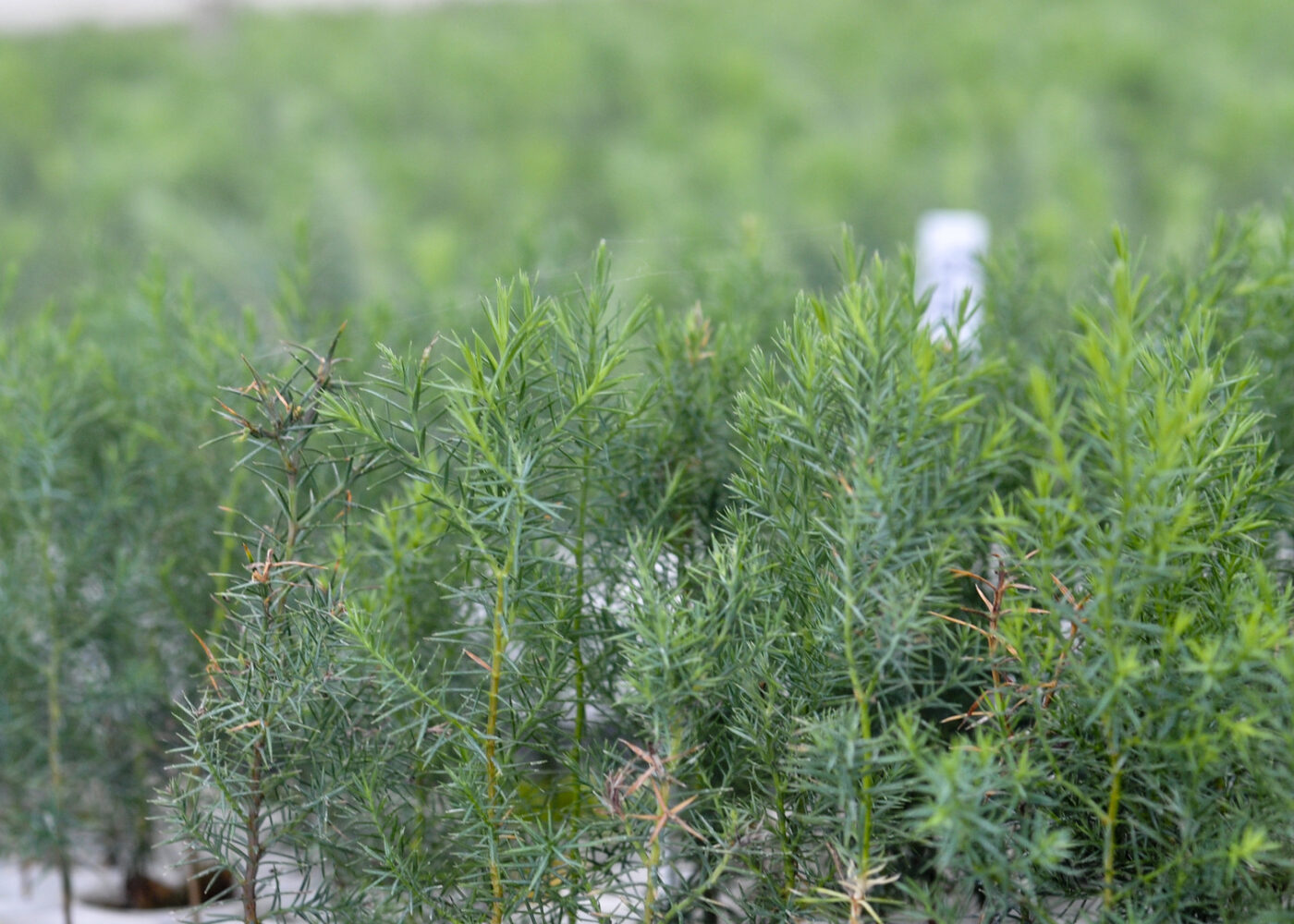Severe drought has long-term impacts on trees. Stress may linger for years, long after soil moisture returns.
In many cases, drought kills the fine feeder roots that trees use to take up water and nutrients. Until these feeder roots can be fully replaced, the tree remains under stress and cannot support a full canopy of leaves.
Prolonged stress makes the tree vulnerable to primary and secondary pests. Wood borers, root rots, and canker-causing pathogens are particularly common in many tree species after drought. Of course, trees also may be stressed by human activities, such as construction or other actions that disturb or compact soil or damage roots.
Although scattered trees are likely to die for several years following a drought, the number of dying trees is usually far less in subsequent years than in the year of the actual drought. Healthy trees start re-growing their fine root systems and recovering from the previous year’s drought. Trees also fare better in lower temperatures with the arrival of fall and winter.
Closely watch your valuable shade trees and take measures to maintain tree health throughout extended dry periods. Supplemental watering of trees near residences may be needed if several weeks pass without significant rainfall.
Adding a 2- to 3-inch-thick layer of mulch around mature trees also reduces soil moisture loss and helps prevent damage from low winter temperatures. Be sure to keep the mulch away from direct contact with the tree’s trunk.
Dead trees should be felled and removed as soon as possible if they pose a hazard. Bare spaces in the landscape can be restored by planting additional trees and properly caring for them with adequate mulch and water. Tree planting should take place during the fall or early winter months when temperatures are cool, and most trees are “dormant”. Their root systems actually keep growing during this time, which helps when the summer heat gets extreme.
Secondary pests
Hypoxylon canker
Stressed hardwoods such as oaks and elms may be colonized and killed by hypoxylon canker, biscogniauxia, even after the drought has ended.
Symptoms of hypoxylon canker include the browning of leaves and sloughing of bark, which exposes a gray, brown, or black fungus on the sapwood of the stem or major limbs. The dead leaves may remain on trees killed by hypoxylon long after the tree has died.
There is no cure for hypoxylon canker. Once a tree is infected, it will die.
Bark beetles
Stressed pine trees can be caused by drought but also by scorching from wildfires and other environmental factors.
This stress often results in attacks by bark beetles even during the year following drought or fire. For example, many pine trees that survived scorching by the Bastrop fire in September 2011 eventually died from engraver beetle attacks.
Symptoms of pine bark beetle infestation are fading yellow or red foliage in the top portion of the tree or throughout the crown, masses of resin or pitch tubes resembling popcorn kernels in bark crevices, brown or white sawdust accumulated at the base of the tree, and Y- or H – shaped trails made by the attacking beetles between the bark and wood surface.
Bark beetle attacks can be prevented by applications of topical or systemic insecticides registered for this purpose.
Usually, however, the first symptom noticed is discolored needles. By then, it usually is too late to save the tree. High value pines in yards can be treated with insecticide sprays containing bifenthrin (sold under the trade name Onyx) or permethrin (Astro or Dragnet). They work best when applied prior to the beetle attack. Deciduous trees, or hardwoods, will also be attacked by various secondary borers and insects once stressed.
We have developed a systemic insecticide registered by the Environmental Protection Agency to protect pines and hardwood trees against various forest pests, including engraver beetles and wood boring insects. The active ingredient is emamectin benzoate – sold under the trade name of Tree-äge. This insecticide is for restricted use only and must be purchased and applied by a certified pesticide applicator. Insecticides – both systemic and spray applications – are best applied prior to the first beetle attack.

